Where do you start when you want to follow a 'best (good) practice' approach to modelling information?
You might take a scholarly approach and start with a literature review or you may (as in my case) be able to leverage an existing body of knowledge gathered over time as well as being able to take advantage of some seminal works on data model patterns.
What follows, are a few examples (older then newer) starting with Customer:

Financial Planner (Agent):

Contract:

The Arrangement concept:
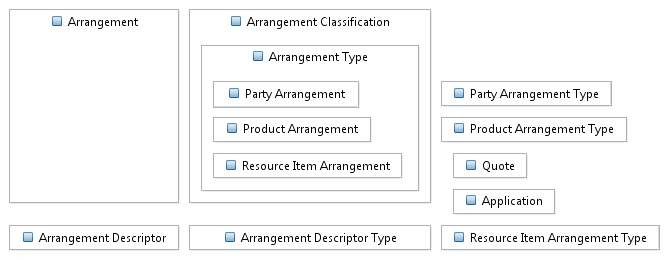
The Arrangement concept represents an agreement between two or more Parties (i.e. individuals or organisations).
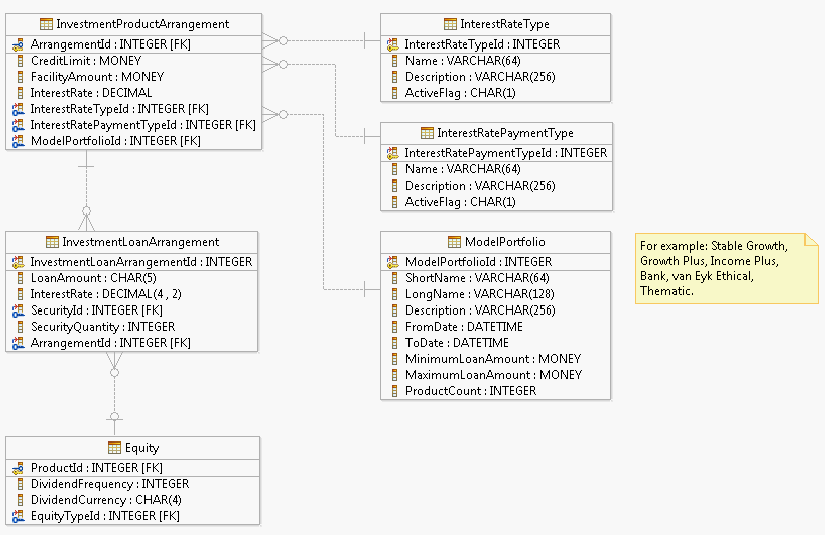
The Classification concept

The Classification concept organises information by defining structures that represent classification categories.
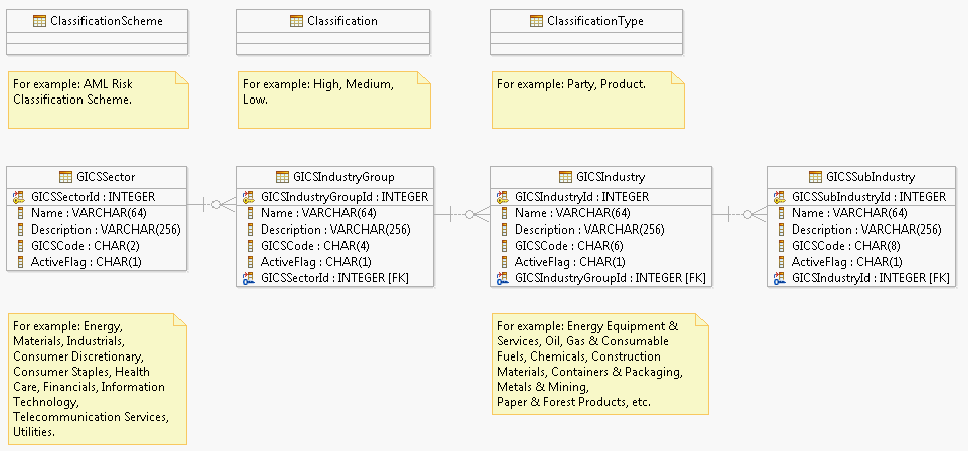
The Condition concept:

The Condition concept details the constraints associated with the way an Enterprise conducts business.
The Event concept:

The Event concept describes a happening about which an Enterprise wishes to keep information as a part of carrying out its mission and conducting its business.
The Location concept:

The Location concept describes a place where something can be found, a destination or a bounded area, such as a country or state, and contact details.

The Geographic Address concept:
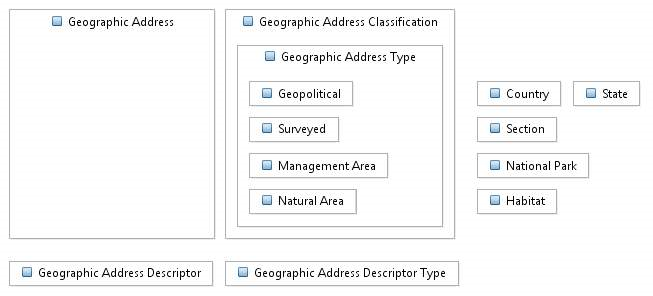
The Geographic Address concept represents bounded areas that are of interest to an Enterprise.
The Electronic Address concept:
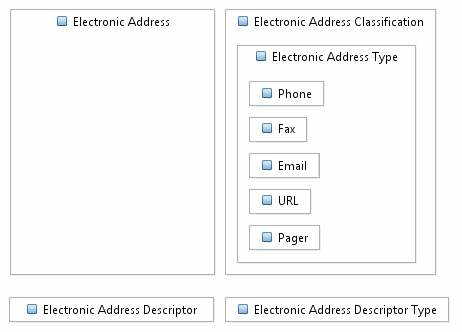
The Electronic Address concept represents contact details.
The Party concept:

Common Party type’s include individuals and organisations. An individual is a person. An organisation usually consists of a number of individuals or groups bound by a common purpose.
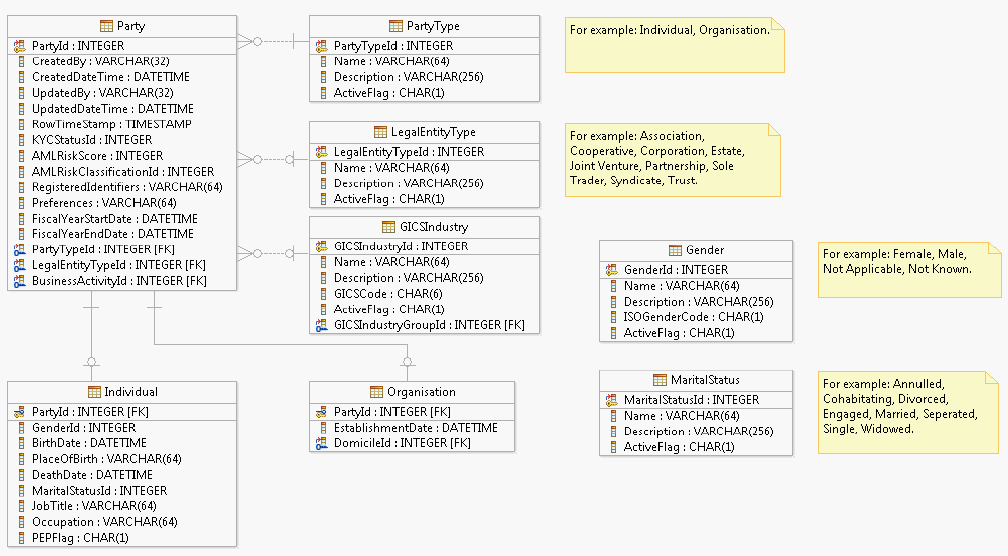
The Individual concept:
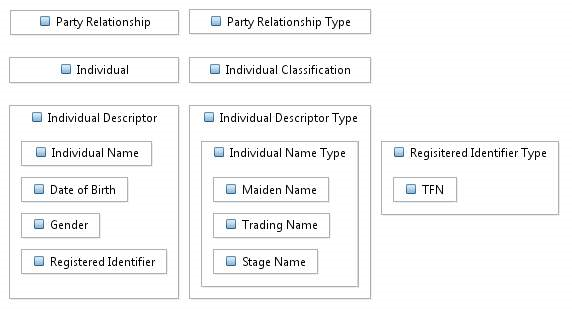
The Individual concept represents people about which an Enterprise wishes to maintain information.
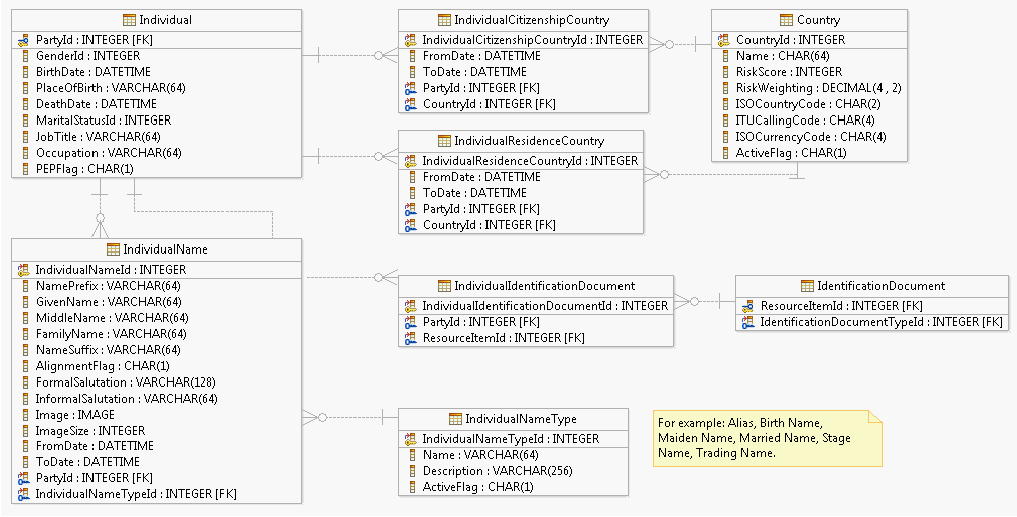
The Organisation concept:
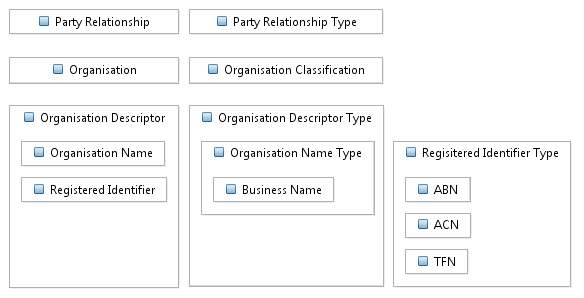
The Organisation concept represents companies and other type’s of organisations about which an Enterprise wishes to maintain information.
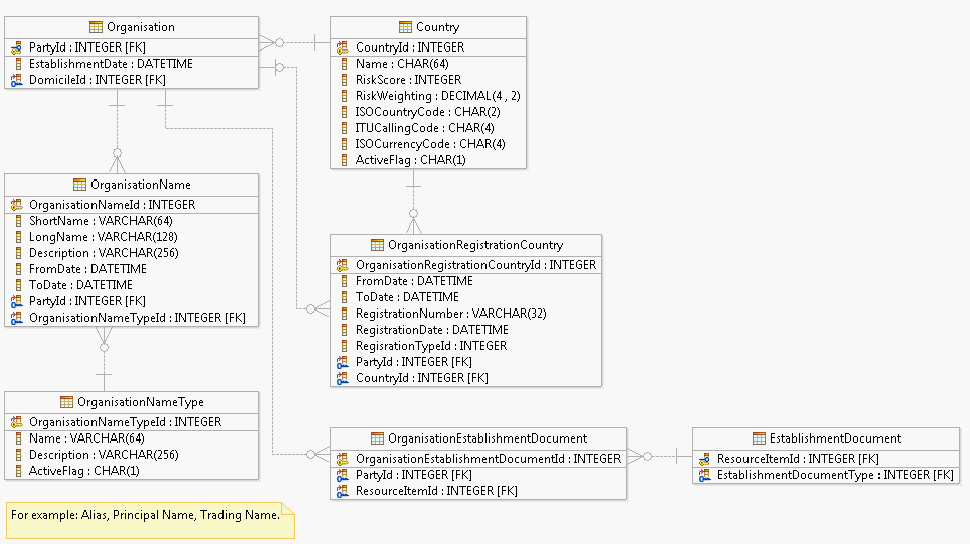
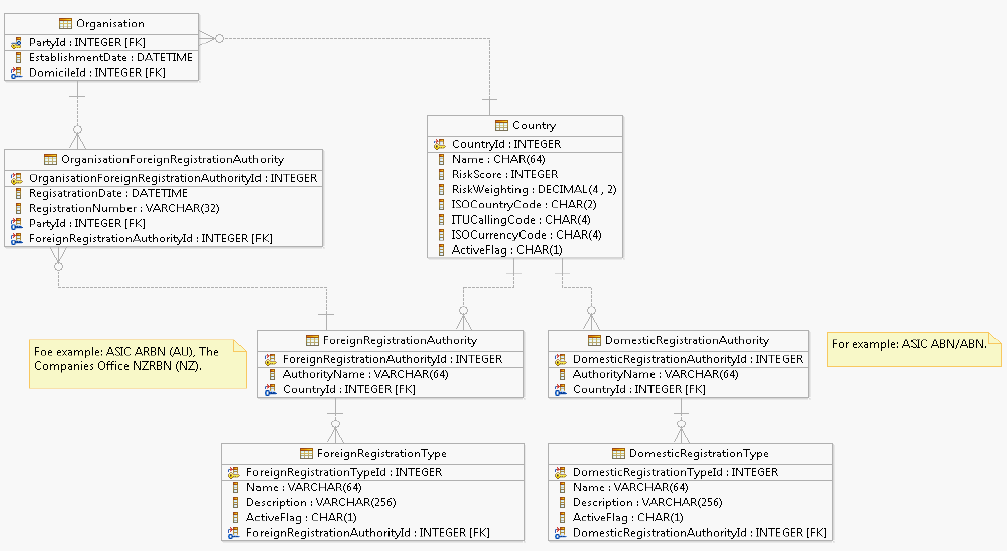
The Resource Item concept:
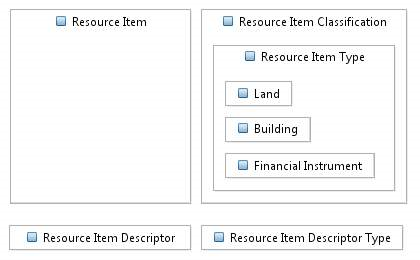
The Resource Item concept includes and describes any item of value that is owned, managed or of specific interest to the Enterprise.
The Financial Instrument concept:

The Financial Instrument concept represents financial assets.

The Product concept:

The Product concept describes goods that are offered for sale.

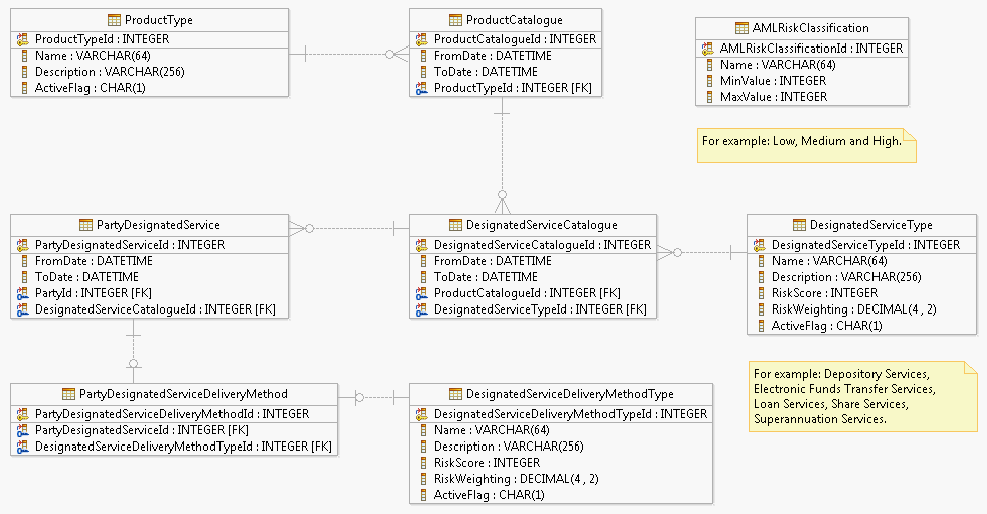
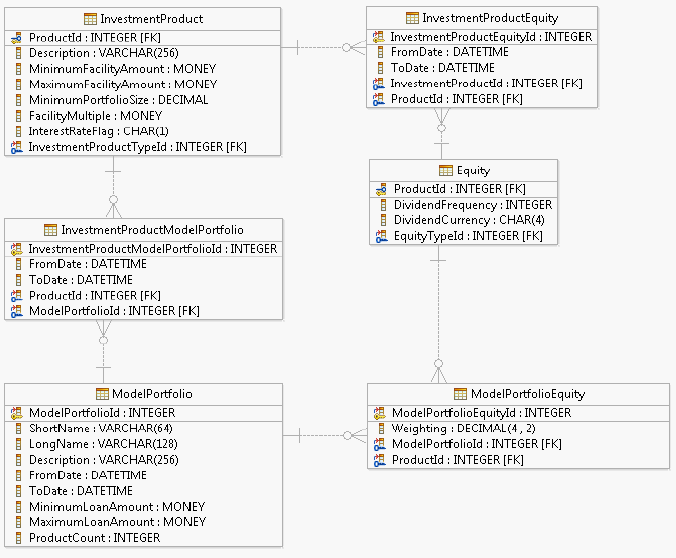
The Party, Role, Relationship concept:
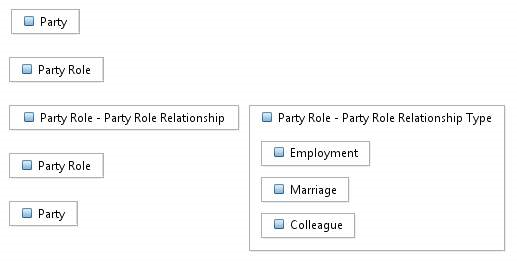
A Party may have one or more relationships with the Enterprise and with other (involved/related) Parties.
For example:
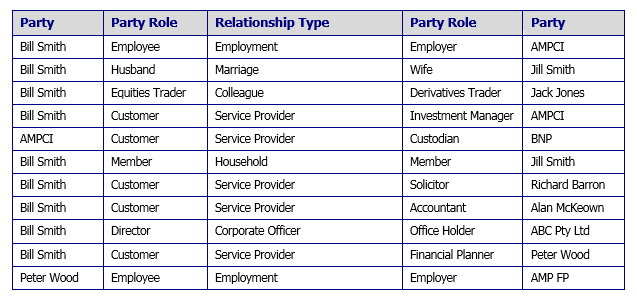
AML Overview:
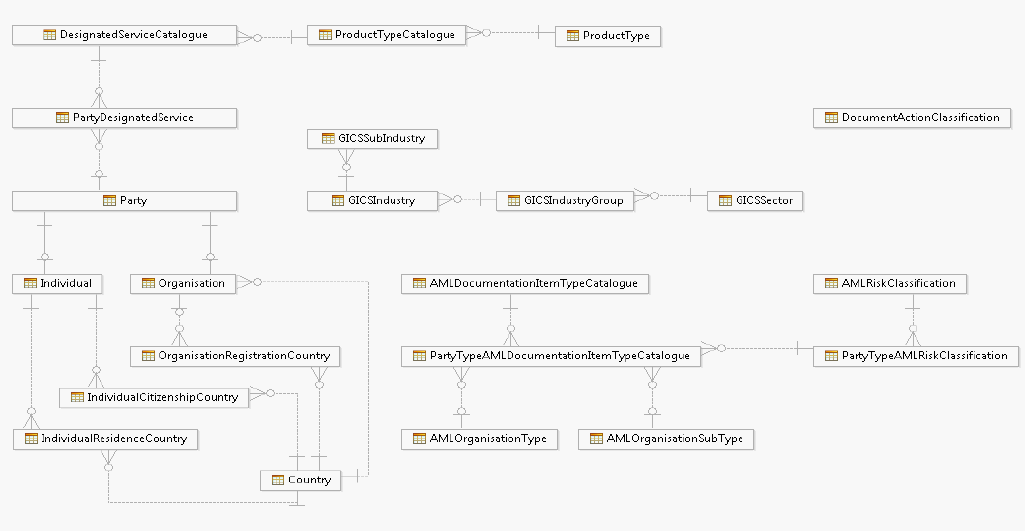
AML Designated Services:
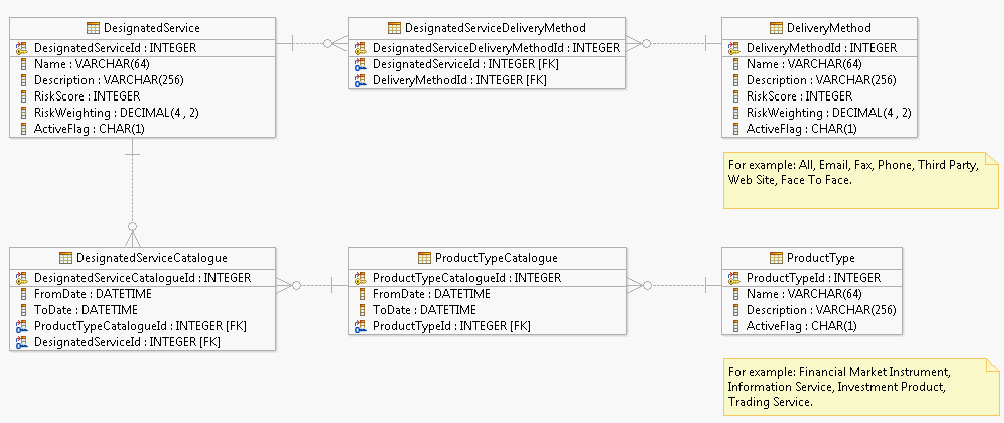
AML Documents:
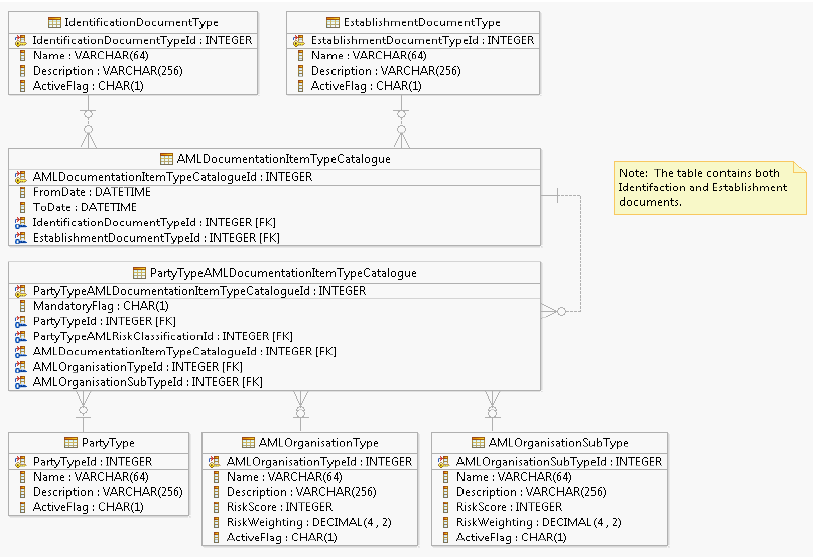
AML Risk Classification:
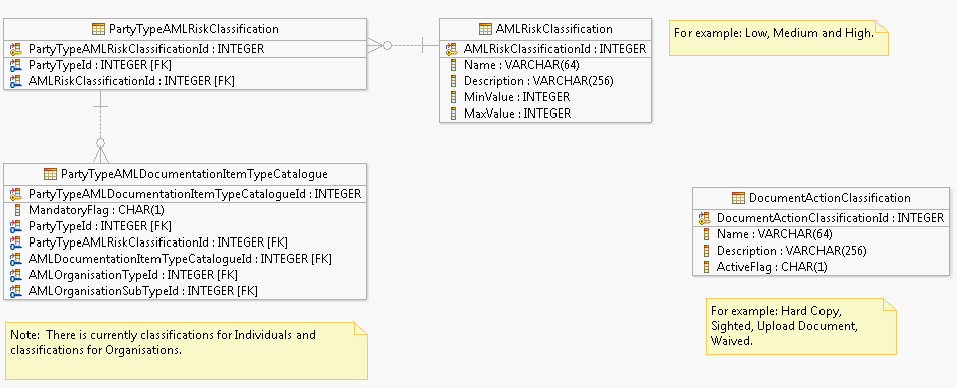
Data Model Patterns:
- Rob Ferguson: A collection of data models that provide solutions to common problems in database design.
References - Data Modelling:
- Steve Hoberman: Data Modeler's Workbench
- Graeme Simsion: Data Modeling Essentials
References - Data Model Patterns:
- David C. Hay: Data Model Patterns: Conventions of Thought
- David C. Hay: Data Model Patterns: A Metadata Map
- David C. Hay: Enterprise Model Patterns: Describing the World
- Martin Fowler: Analysis Patterns
- Jim Arlow, Ila Neustadt: Enterprise Patterns and MDA
- Len Silverstein, W. H. Inmon, Kent Graziano: The Data Model Resource Book
- Michael Blaha: Patterns of Data Modeling
 This work is licensed under a Creative Commons Attribution 4.0 International License.
This work is licensed under a Creative Commons Attribution 4.0 International License.
